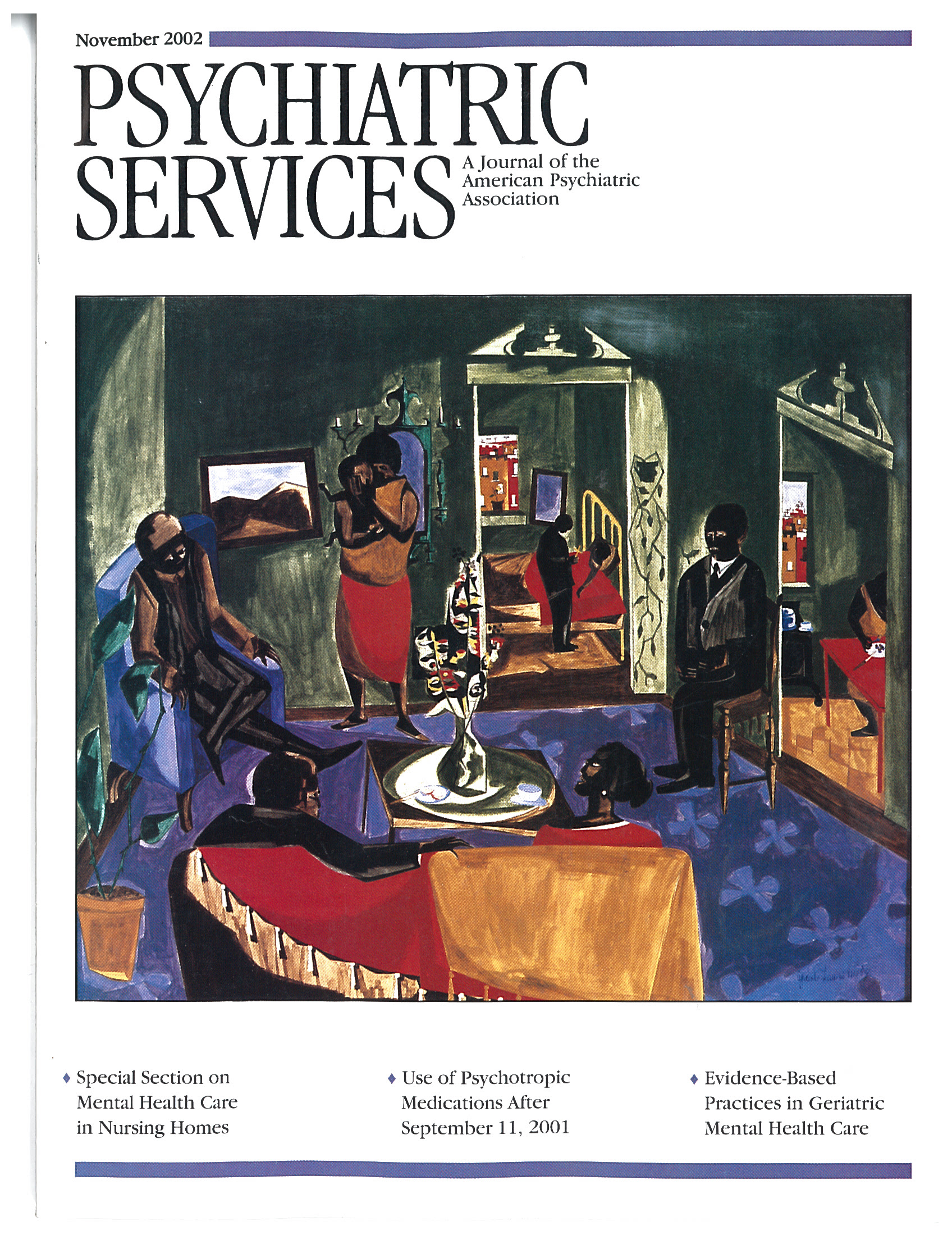Patterns of Antidepressant Use Among Children and Adolescents
Abstract
OBJECTIVE: The purpose of this study was to identify patterns of new antidepressant use among children and adolescents and to determine whether the duration of treatment was sufficient. METHODS: A retrospective 12-month analysis was conducted of claims data for a cohort of nine- to 18-year-old new users of antidepressants in an Ohio Medicaid population. Treatment duration was categorized into five time intervals reflecting initial treatment through various continuation periods. RESULTS: A total of 554 children and adolescents started an antidepressant regimen during a three-month period. These children were mostly Caucasians (78 percent), and their average age was 13 years. Boys and girls were equally represented. The use of antidepressants increased with age among girls but declined among boys. The distribution of antidepressants dispensed was selective serotonin reuptake inhibitors, 47 percent; tricyclic antidepressants, 27 percent; and other antidepressants, 23 percent. The specific agent used varied by primary psychiatric diagnosis. The proportion of children who completed treatment was 94 percent for the four-week treatment period, 23.5 percent for the six-month period, and 12.6 percent for the whole year. CONCLUSIONS: Antidepressants are used in the treatment of children and adolescents who have a wide array of mental health problems. As with adults, continuation of treatment among children and adolescents declines dramatically after an initial period. In addition to studies of the clinical efficacy of antidepressant use among children and adolescents, future research is needed to assess adherence to practice guidelines and health outcomes in childhood and adolescent mental health.



